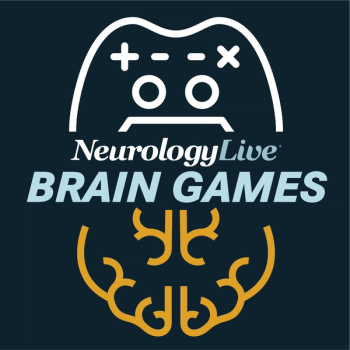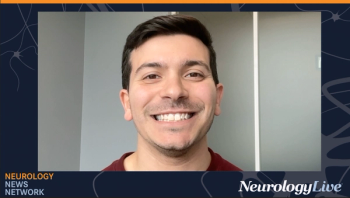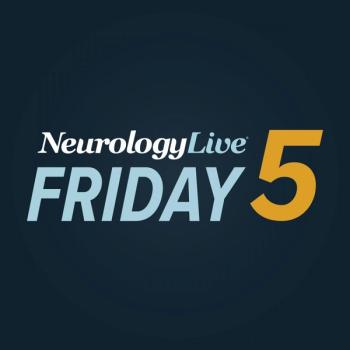
|Slideshows|March 29, 2019
Acute and Preventive Migraine Treatments: A 5-Question Quiz
Author(s)Julie Bowen
Take this brief quiz to test your knowledge of recent recommendations from the American Headache Society for the prevention and acute management of migraine.
Advertisement
Newsletter
Keep your finger on the pulse of neurology—subscribe to NeurologyLive for expert interviews, new data, and breakthrough treatment updates.
Advertisement
Latest CME
Advertisement
Advertisement
Trending on NeurologyLive - Clinical Neurology News and Neurology Expert Insights
1
Insight the Future of Anti-Tau Drug Development for Alzheimer Disease
2
FDA Approves Intrathecal Version of Zolgensma, Ozempic Falls Short in EVOKE Trials, Asundexian Meets End Point in Stroke Prevention Trial
3
FDA Reverses Course on AMT-130, Citing Insufficient External Data for Submission
4
Exploring A Potential New Method to Evaluate CTE Progression in Living Patients
5



































